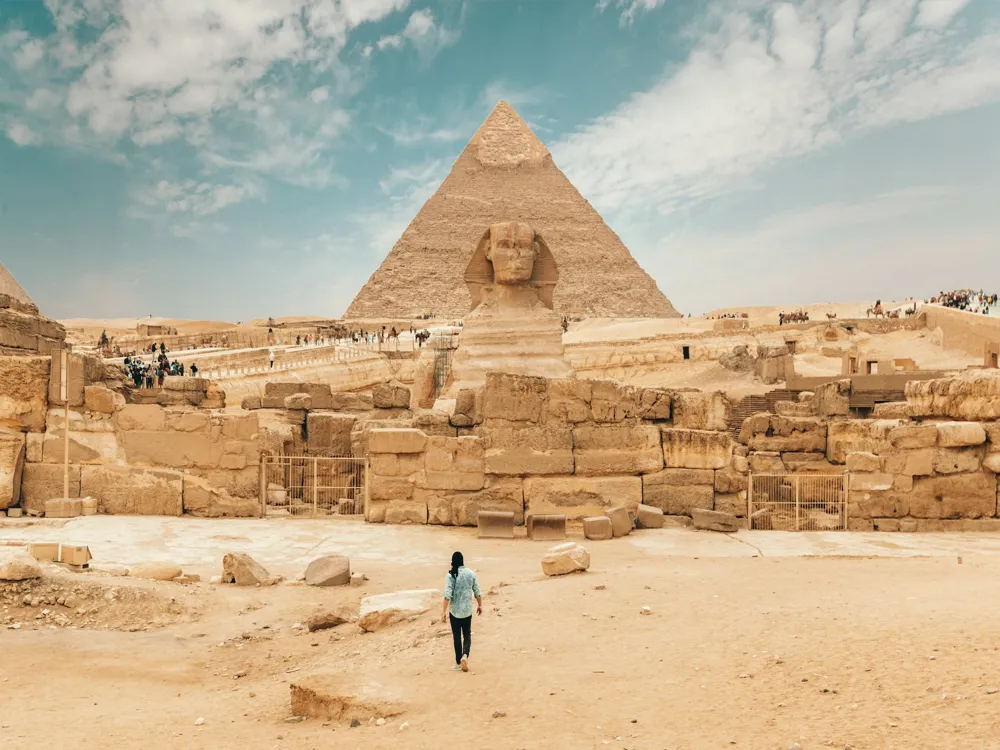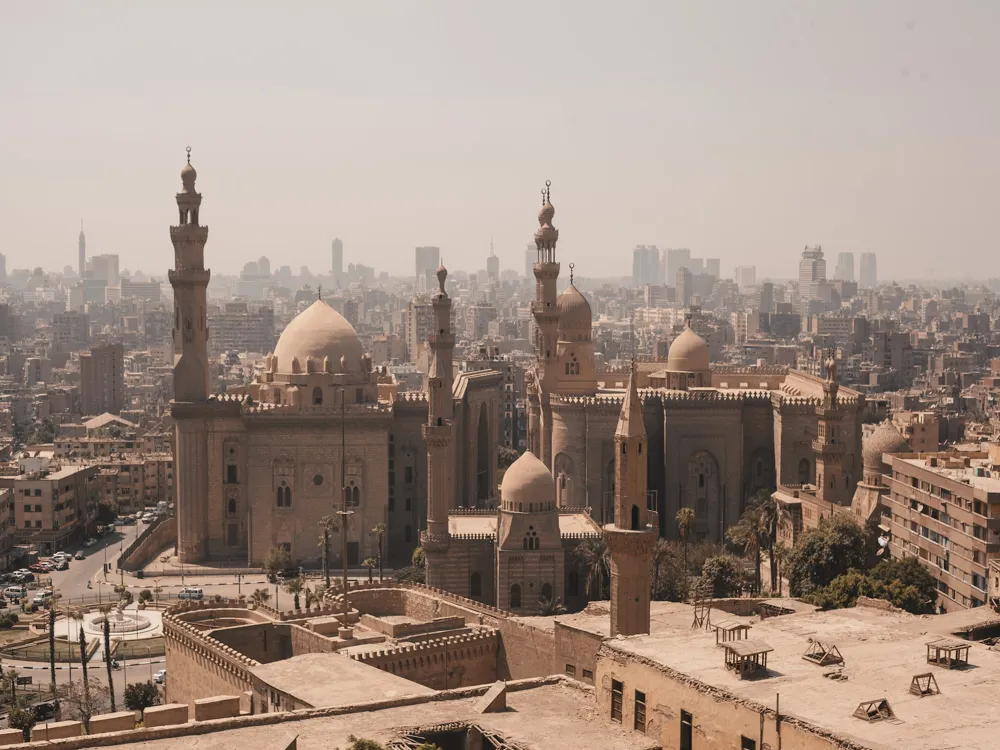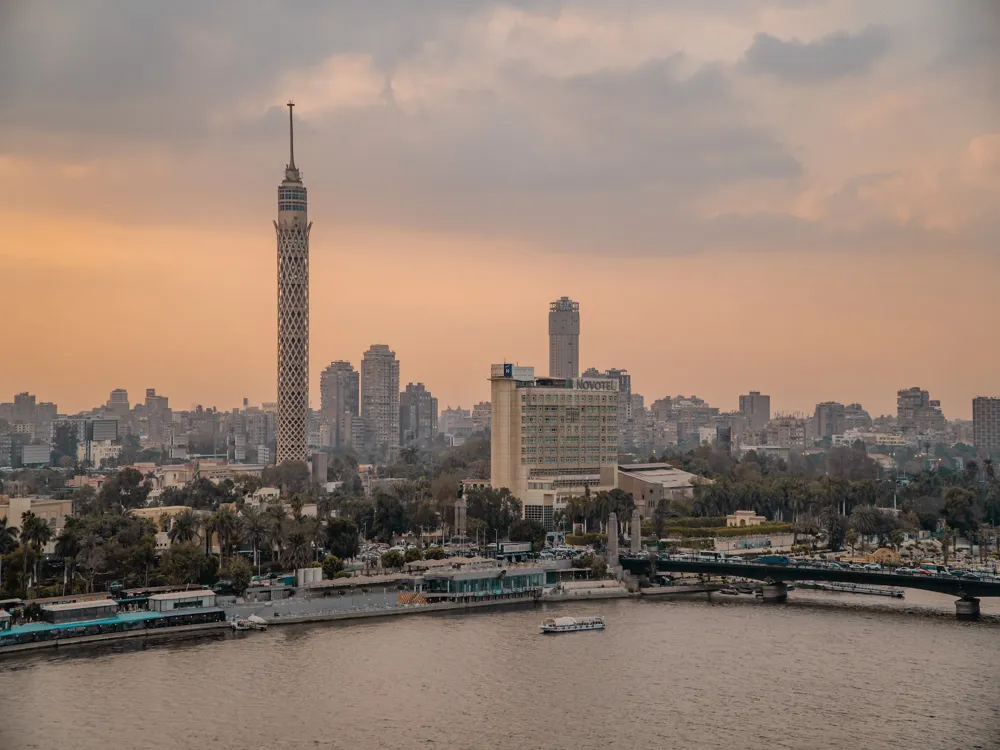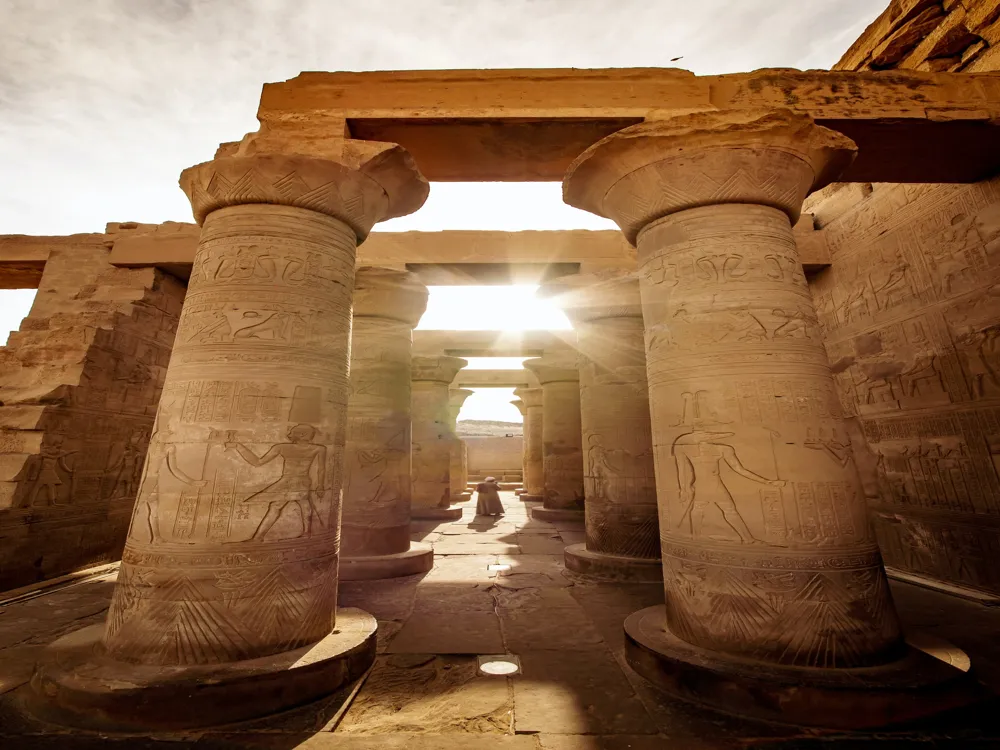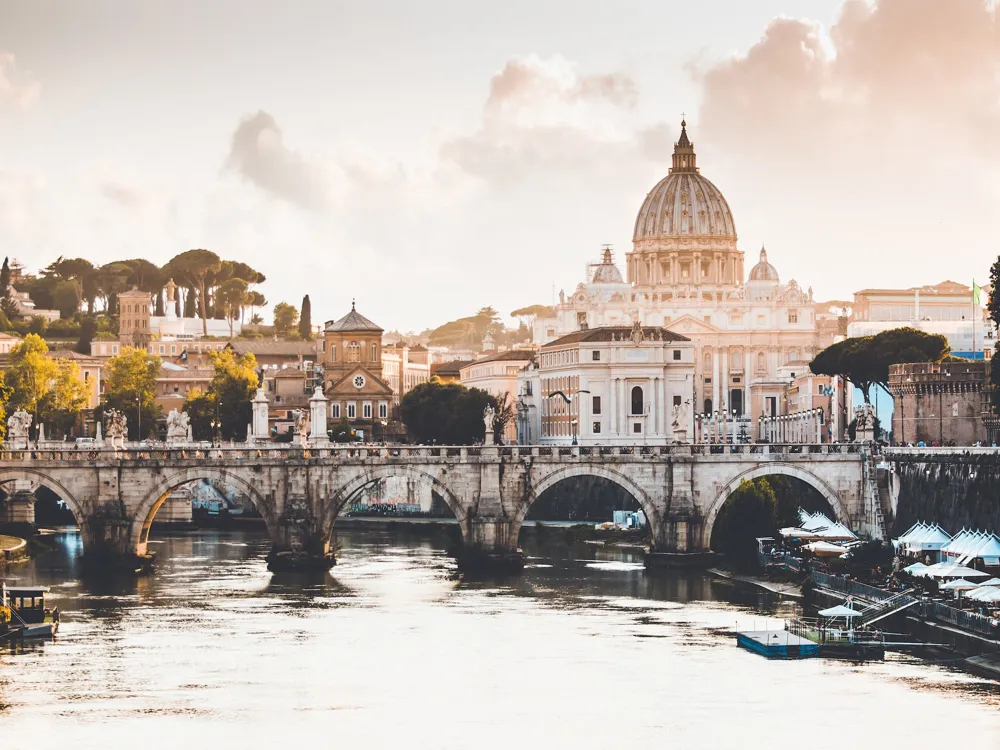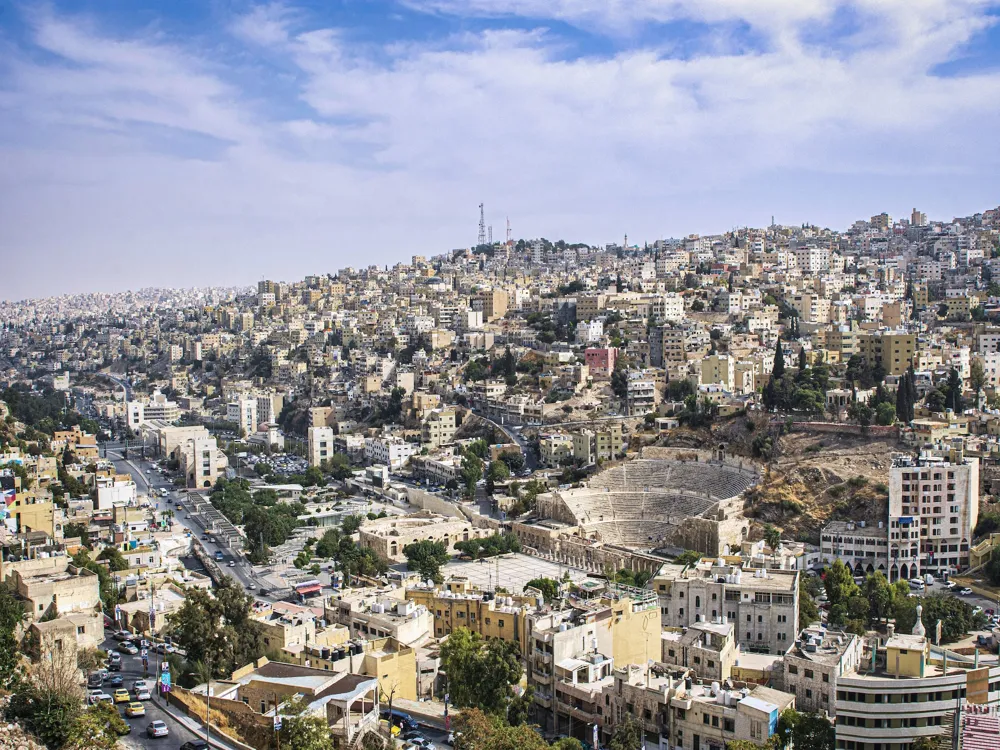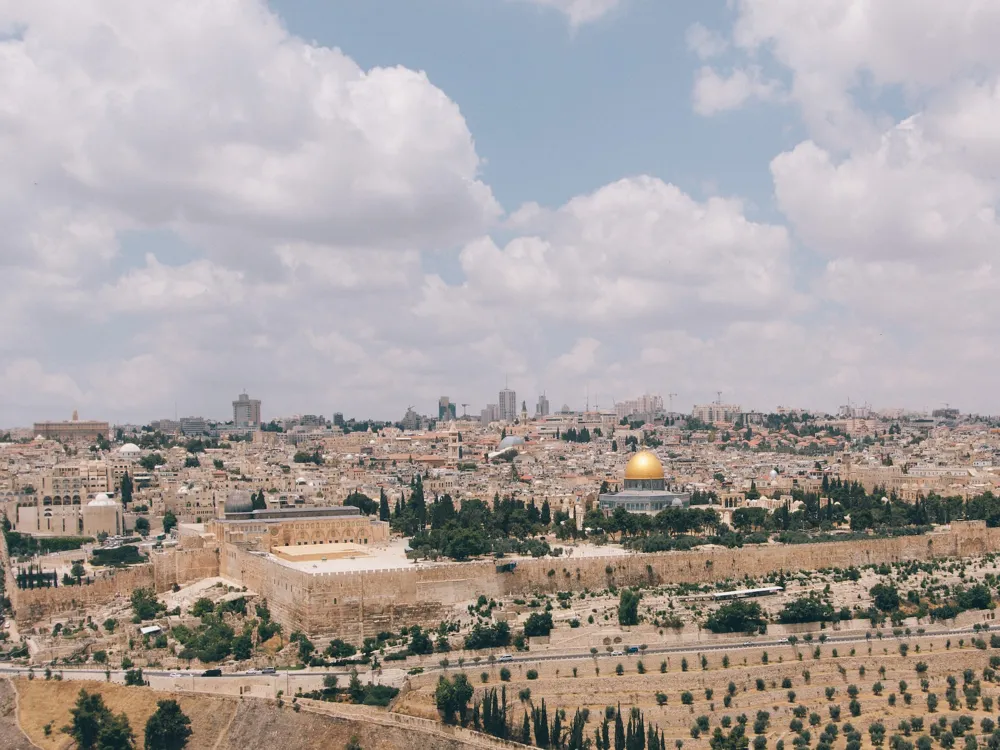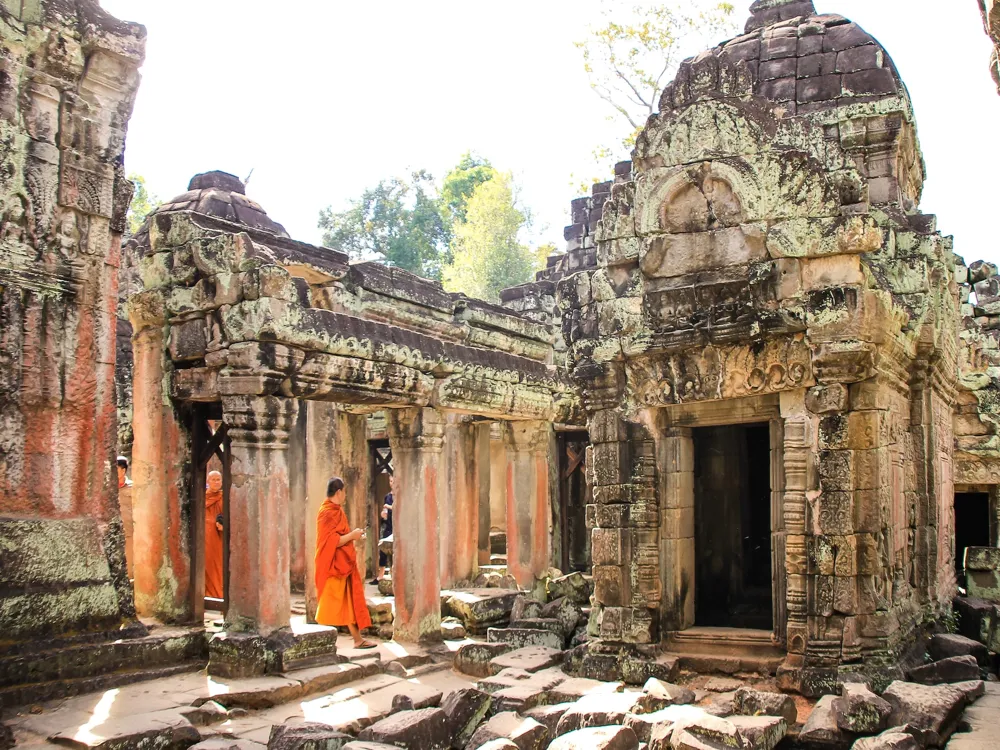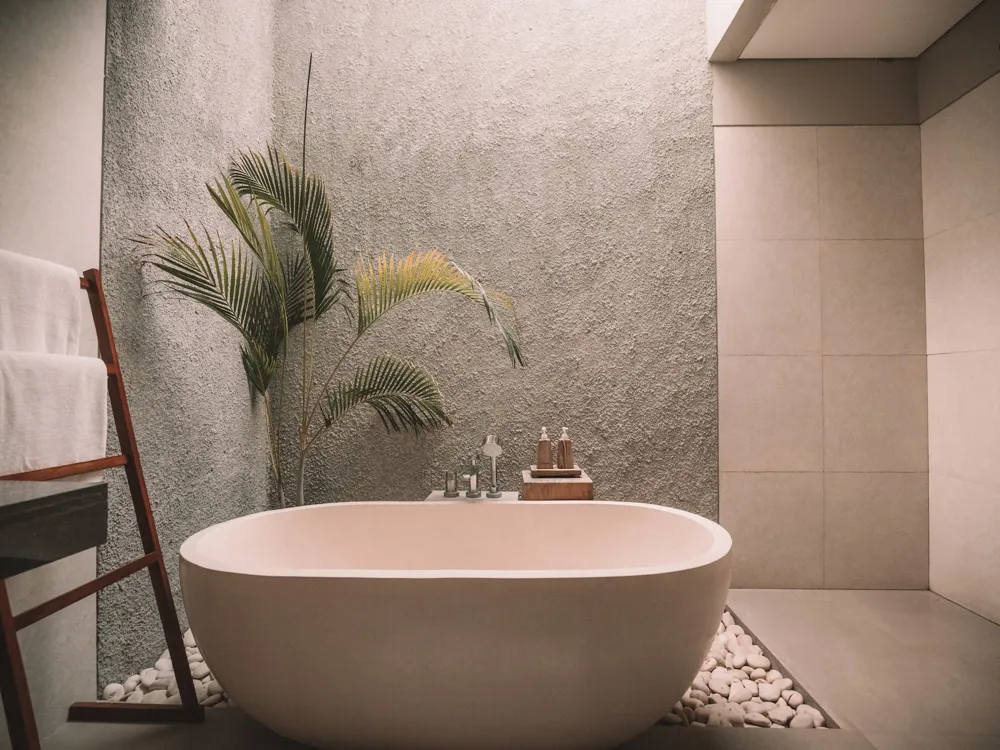Plan Your Travel To Cairo
Places To Visit In Cairo
Gayer Anderson Museum
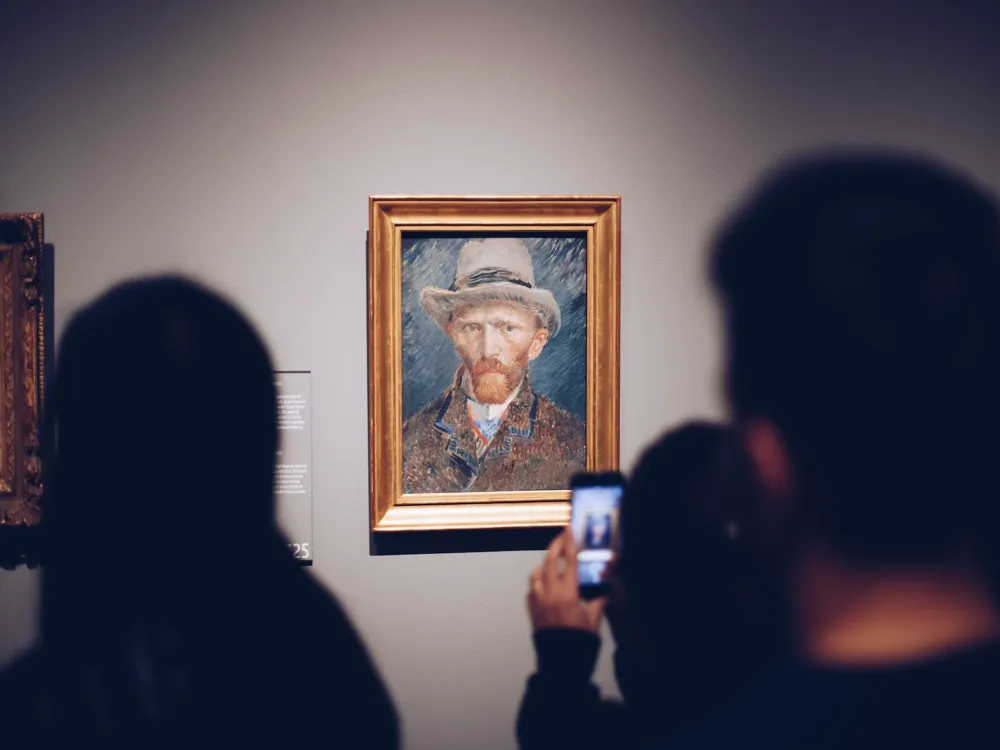
Situated adjacent to the Mosque of Ahmad ibn Tulun in the Sayyida Zeinab neighbourhood lies the famous Gayer – Anderson Art Museum. Initially serving as the residence to British Major R.G. Gayer – Anderson Pasha, the place is now more popular due to the 17th Century AD artworks and artefacts belonging to the museum.
By visiting the Gayer – Anderson Museum, you can also witness the extensive collection of carpets, furniture and curio decorated carefully throughout the Museum compound. The architecture of the place is divided into different rooms spread across a huge house. Each room depicts artefacts belonging to a different culture, showcasing the rich collection which was once owned by Major Gayer Anderson. For those with deep love and fascination towards artworks and historical events and artefacts, Gayer Anderson Museum is the perfect place to airdrop on. You can either read about the history of the objects exhibited in the Museum or you click pictures with the items, your visit to the place is going to worth it!
Read More
Hanging Church
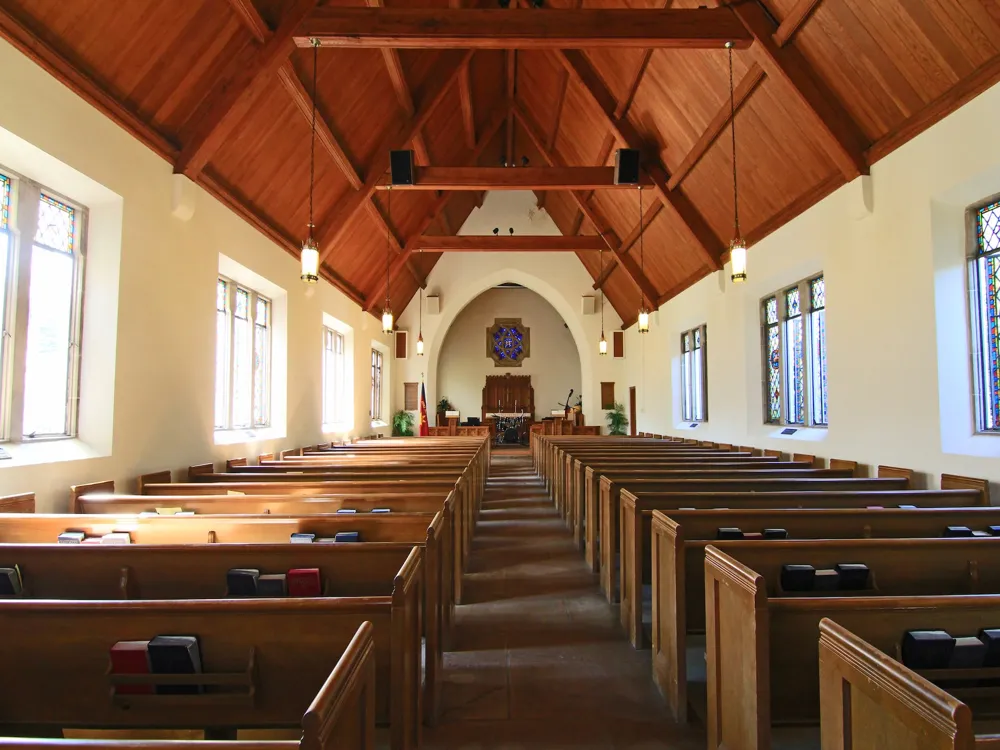
The Hanging Church of Cairo is a stone facade inscribed with Coptic and Arabic marks. Also known as the Church of Saint Virgin Mary, the Hanging Church of Cairo is one of the most popular and oldest churches present in the world today. Dating back to 3rd Century AD, the Hanging Church of Coptic Cairo comprises of 110 Holy Icons.
Since the Church is built atop the southern gatehouse of the Roman-built Babylon Fortress, the Church derives its name of ‘Hanging’ from here. This is because the distinct location of the Church makes it appear as if it is hanging mid-air. It is also interesting to know that even the Church’s Arabic name, el Mu’allaqah translates to ‘The Suspended’ in English. Unfortunately, one cannot witness this phenomenon present day due to an increase in the elevation profile of the ground level.
Read More
Khan el-Khalili
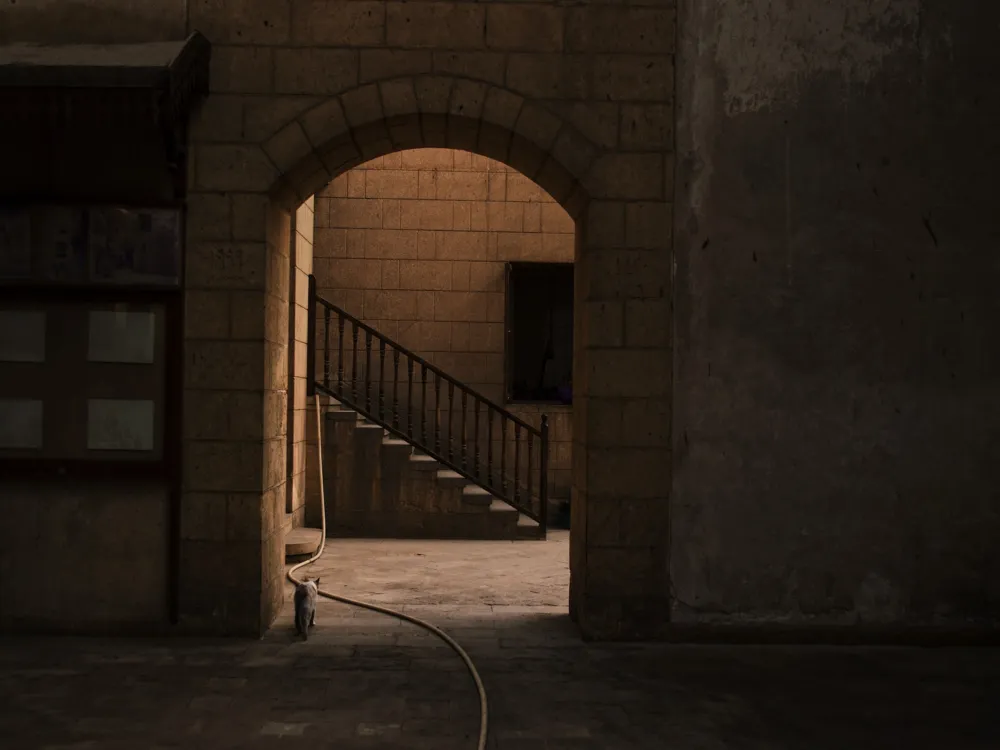
One of the biggest markets in the world, Khan al-Khalili is very chirpy, exciting and inspiring. With the constant selling, bargaining and purchasing, the local market is worth visiting. It is known for the semiprecious and expensive stone works handicrafts to varying sizes of simulated pyramids.
The astounding aggregation of shops and stores occupying large acres of land have almost everything to offer their customers. Take souvenirs at really cheap prices for your loved ones and stop by Fishaw's Ahwa cafe to relax a little. Another noteworthy stop is the Midaq Alley, well-known for its stunning architecture.
Read More
Mosque of Qaitbey
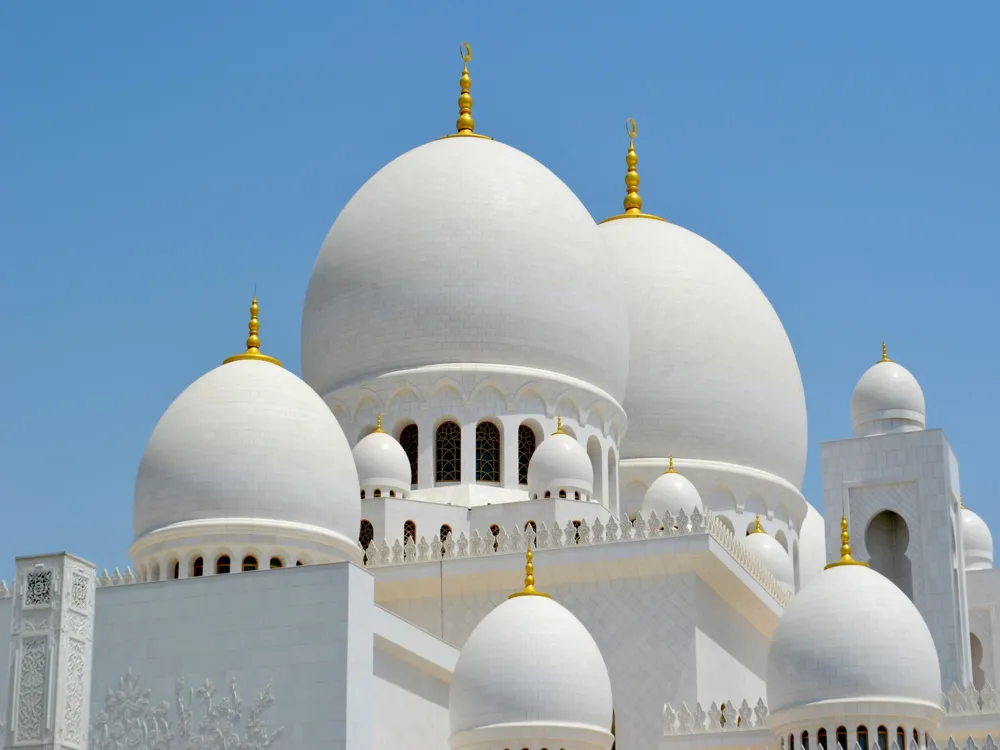
Situated in the northern sector of the Mamluk district, i.e. the “City of Dead”, the mosque and madrasa of Late Sultan Qaitbey is bound to take you back to the Mamluk period with the pictures queue architecture of the place. The mosque, entirely built in 1474 AD, is another proof of Islamic architecture, justifying the excellence possessed by artisans and architects of Egyptian Mamluk period.
Over the years, most of the buildings have fallen down, and what remains intact present day is the mosque and the mausoleum. The compound even has a smaller mosque and mausoleum built for Sultan Qaitbey’s sons, also known as the maq’ad. The mosque compound also comprises of a water trough for animals, called the hod, and the apartment complexes which were meant for rental purposes during those days.The architecture of the building, as well as the interiors within the mosque, are a vivid example of Islamic architecture, and the conventional geometrical pattern displayed through their works. This statement turns out to be true at every nook and corner of the place, the best example being the wooden lantern ceiling over the prayer hall inside the mosque.Other examples of the jaw-dropping beauty of the mosque can be witnessed in the form of polychrome marble floor present on the ground floor of the mosque, and the main ceiling designed so as to facilitate central skylight into the mosque.HistoryAs per historical sources, there used to be a number of building-type structures within the vast compound of the mosque. All these structures fell within a single boundary wall of the mosque. In addition to this, there were even buildings built by Sultan Qaitbey himself in the area which happens to be on the other side of the street.Not only this, there were some 80 buildings in the name of Sultan, which he designed and built in a prolific manner so as to establish them as benchmarks in the field of Islamic architecture and history. And being one of the last Mamluk rulers, Sultan Qaitbey closely followed the Mamluk style of making buildings, inscribing on them shades of his cultures and traditions.Architecture of MosqueYou will find the architecture of Mosque of Sultan Qaitbey a masterpiece in itself, keeping aside the other attractive historical places of Cairo. One of the main features of the architecture of the place is that the entire place has been designed with due importance to directions. For example, the North direction, considered as the principal direction, contains the entrance of the madrasa.The carvings made on the entrance gate are strict as per traditional Mamluk style, having a tri-lobed arch with muqarnas carved on them. Further, the eastern part of the entrance comprises of the water dispensary (Sabil), while the floor above the entrance gate has a Qur’anic School (Kuttab).The entrance gate of the madrasa even showcases a minaret to its right. The minaret itself speaks about the noteworthy skillset possessed by artisans of those times along with geometrical designs imbibed on it.But this is just a demonstration of craftsmanship. The actual pinnacle of designing and architecture is the dome of the mosque, which is carved with one of the most detailed, intricate and finest floral embroidery patterns ever made during the Mamluk era.On entering the compound, the first thing you will witness is the boldly carved and striped façade. Further, the interior of the place comprises of four iwans surrounding a central platform, the court. The court is lit by huge lattice-screen panels, making the entire place an awe-inspiring sight for the visitors.The interior of the mosque is also tiled in soothing coloured marble floor, and the magnificent wooden ceiling hanging from the top of prayer hall of the mosque gives the architecture of the place a finishing touch. Adjacent to the mosque, the tomb chamber consists of the cenotaphs of Sultan Qaitbey along with his sisters.Apart from the mosque, the tomb chamber is also decorated with slender and decent stone minaret having intriguing floral patterns carved out of stone in a star based manner. Hence, since the entrance of the compound to the dome of the mosque, the Mosque and mausoleum of Sultan Qaitbey is a pinnacle of Islamic architecture and Egyptian history in itself.How to Reach within the CityThere are different means by which you can reach the Mosque of Sultan Qaitbey.CarEither you are a local resident of Cairo city or you are a tourist, you can drive to the mosque either in your own vehicle or by hiring a taxi. The entrance of the Mosque and Mausoleum of Sultan Qaitbey is situated on Gohar Al Kaed.SubwayThis will prove to be the most economically feasible mode of transportation in order to reach the Mosque of Sultan Qaitbey. For this, you can hop on to the subway from any part of the city, and get down at Bab El-Shaaria metro station. Once you have reached the metro station, you can hire a taxi to the mosque, which lies around 3.7 Kms. to the west of the metro station.BusThe easiest way to reach the Mosque and Mausoleum of Sultan Qaitbey via bus is to get down at GO Bus station. From there, you can easily book a taxi to reach the mosque, which lies at an approximate distance of 3.4 Kms. south-west of the bus stop.Best Time to VisitThe best time to visit the mosque is during one or the other Islamic festival season. During such festivals, the mosque is decorated with beautifully decorated wall hangings and other items meant for decoration purposes.Hence, the mosque gets transformed into a mesmerizing mantelpiece, showcasing the Islamic culture and traditions in an elegant yet beautiful manner. This culture is demonstrated by the huge gathering of people at the mosque, showcasing the true colours of the Egyptian community and culture in all senses.TipsIt is advised to avoid carrying any sort of food item inside the mosque, especially in the prayer hall. Also, please wear some light footwear when visiting the mosque, as you will have to carry them along during your stay within the mosque building.Interesting FactsSultan Qaitbey owned around 80 buildings across Cairo city when he was in power
Read More
Museum of Islamic Art
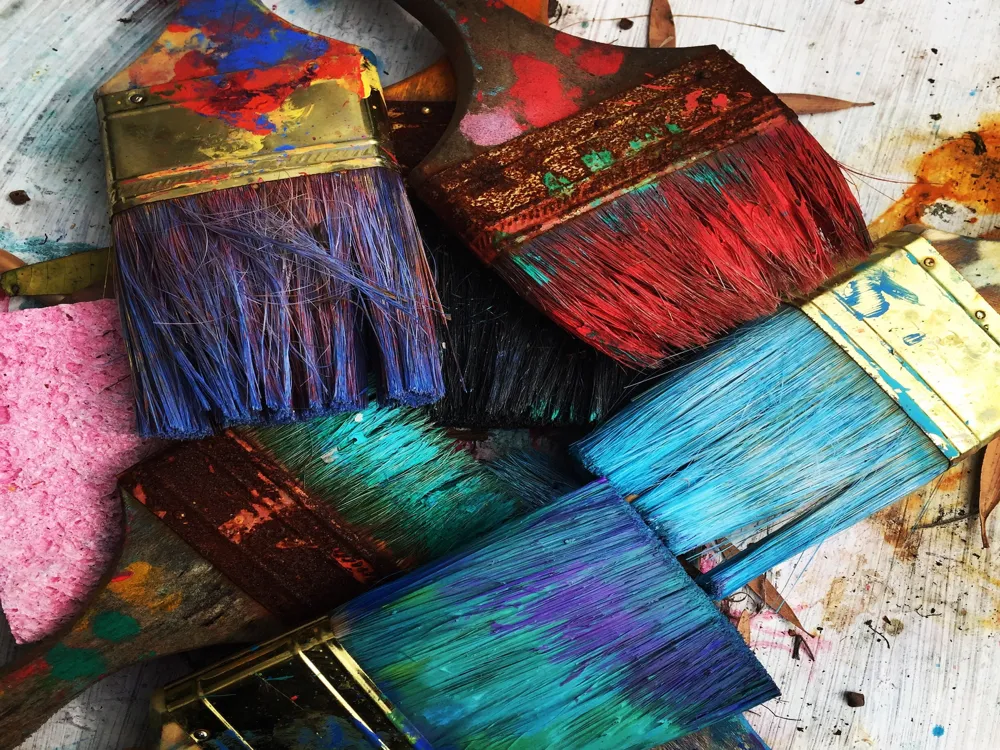
Opposite the Cairo Governorate Office, at the intersection of Port Said and Mohamed Ali streets, is the magnificent building of the Museum of Islamic Art (MIA). It is known for the overwhelming architecture of the building and divine historical artefacts.
Over the past few years, the Museum of Islamic Art has demonstrated roughly 4,500 artefacts across 25 Halls, while the rest is in store with the Museum for a timely display to the general public and tourists. It is believed that the Museum houses more than 100,000 artefacts in total, and is the biggest museum of Islamic art over the years. The Kitab fil-adwiya al-mufrada, the Holy Quran, the Mamluk from 16th Century AD, gold Dinar coins dating back to the 14th Century AD, and many more such rare and magnificent artefacts showcase the course of Islamic history restored over the sands of time, making the museum one of the most famous museums of the world.With such a rich historical collection, the Museum of Islamic Art boasts of being one of the major promoters of Islamic arts and civilization in the world today. MIA is running multiple initiatives to reach the maximum number of national and international visitors to achieve its vision. The overall intent is to recognize the contributions Islamic civilization has made to the heritage and culture across the globe.
History of Museum of Islamic Art
The Museum of Islamic Art is situated in Bab Al-Khalq, which is also known as the heart of the historic city of Cairo. The huge number of historical artefacts it possesses have been accumulated from countries like India, China, Iran, Egypt etc.Today, the museum is famous not only for its collection but also for its own origin and timeline.The foundations of the Museum of Islamic Art date back to the year 1869, when Khedive Tawfiq approved the establishment of the museum.To transform his words into reality, Frantz Pasha started collecting artefacts and antique items from the Islamic world. All the collected items were stored in the eastern wing of al-Hakem Bi Amr illah's mosque. In the year 1892, The Arab Museum was established in the courtyard of the very same mosque, with Frantz Pasha as the director of the museum.Khedive Abbas Helmi finally inaugurated the present building of the museum on 28th December 1903. The building, located at Bab Al-Khalq square was then known as House of Arab Antiquities and got changed to Museum of Islamic Art in the year 1951.
Collections
Visting Museum of Islamic Art in Cairo is a visual treat. One of the facts justifying this statement is that the MIA houses historical masterpieces for nearly all the segments of Islamic Art devised till date.From beautiful textile embroideries and carpets to carved stones, from glass, ceramic and metallic utensils to manuscripts based on medicine, engineering, horticulture, astronomy, geography etc., the Museum of Islamic Art is a perfect place to visit for history lovers and its admirers.The museum's collections even consist of wooden and ivory made objects, weapons and jewellery items. Present day, the manuscripts present in the museum attracts historians, researchers and civilians from all over the world. Some of the notable artefacts include the Holy Quran (8th Century AD, MIA No. 24145?), Glass Vessel (7th-8th Century AD, MIA No. 7203?), and the Ceramic Dish (16th Century AD, MIA No. 15858?).All in all, the level at which MIA witnesses the works from Islamic civilization is sufficient enough for you to travel back in time and experience the expertise and detailing done by artisans of that era.
Library at Museum of Islamic Arts
The Library at the Museum of Islamic Art, situated on the 1st floor of the Administrative Building, is home to a flourishing and rare collection of books and reference works related to Art and Architecture, Islamic History, Antiquities, Medicine etc. You will find the books organised as per different artistic subjects, with overall volumes close to thirty thousand!The books and manuscripts present here depict the depth and breadth of the knowledge and the skill set possessed by Islamic scholars and artisans of the time. Not only this, these books contain some of the most complex theories and concepts, which applies to the present scenario as well.
Restoration of Museum Building
The year 2003 saw a new phase of development of the museum building with the construction of a three-storey administrative building. The three floors of the building were dedicated to restoration department, the library and the staff offices respectively. A lecture hall was also built next to the restoration department in the museum. The building was opened for general public on 28th October 2010.The layout of the display halls was changed as well. The right-hand side of the main entrance is dedicated to Islamic art between the Umayyads up to the Ottoman period. The left-hand side of the main entrance is solely for Islamic artefacts and artworks distributed by subjects. These include science, architecture, water, calligraphy, horticulture etc.Almost one-third of the historical items housed by the museum got damaged from the bombings of January 2014. All the damaged items were sorted out of the debris and sent for restoration, while the building was closed down for its reconstruction.The donations received from UAE, UNESCO, ARCE, Swiss Government and the Italian Government led to the complete makeover and re-launch of the Museum of Islamic Art during the early months of 2015. Since then, the museum has attracted more and more people from across the globe and has become a major attraction of the city of Cairo.
Museum Timings
The schedule to visit the Museum of Islamic Art is as follows:Saturday to Thursday: 9:00 AM to 5:00 PMFriday: 9:00 AM to 11:30 AM, 1:30 PM to 5:00 PM
How to Reach within Cairo
The Museum of Islamic Art lies in the heart of the ancient city of Cairo. Earlier the museum used to have two entrance gates. The first gate had a beautiful garden along with a fountain. The second entrance gate lies on Port Said Street.This entrance is characterized by a mesmerizing and luxurious façade opening on to the street. It showcases the highlights of Islamic architecture through the carvings and designs made on it. The beauty of the entrance gate is sufficient enough to assure you that you have reached the Museum of Islamic Art. In case you don't know the route to the museum, you can easily reach there through the following modes of transportation:CarSince the museum is located in a very congested and older portion of the city, there is almost no availability of commercial parking space owned by the Museum. However, you can easily park your car at the car parking located at Port Said Street. The parking is much closer to the front entrance gate of the museumTaxiYou can easily hop on to a taxi and tell the driver to take you to Bab Al Khalq, Museum of Islamic Art. You may also tell the driver to take you to Mathaf el fann el Islami. Either case you will reach the Museum of Islamic Art.SubwayYou may also board a Subway from any part of Cairo city and reach the Museum of Islamic Art (MIA) by whizzing past the traffic of the city. For this, please make a note that the Subway stations lying close to the MIA are:a. Mohamed Naguib (0.85 Km. West of Museum of Islamic Art), Ali Zou Al Fekar.b. Saad Zaghloul (2100 Kms. South of MIA), Mansour.City Bus ServiceOne can even reach the Museum of Islamic Art by boarding the City Bus service and get down at Port Said Street Station.
Best Time to Visit
Considering the hot climate of Sahara Desert, I would personally recommend you to visit the city as well as the Museum of Islamic Art during the first or last quarter of the year, i.e. either during January to March, or during October to December.
Interesting Fact
Museum of Islamic Art, Cairo holds a collection of more than 100,000 historical artefacts and artworks. Some of these collections even belong to 7th Century AD.
Read More
Nilometer
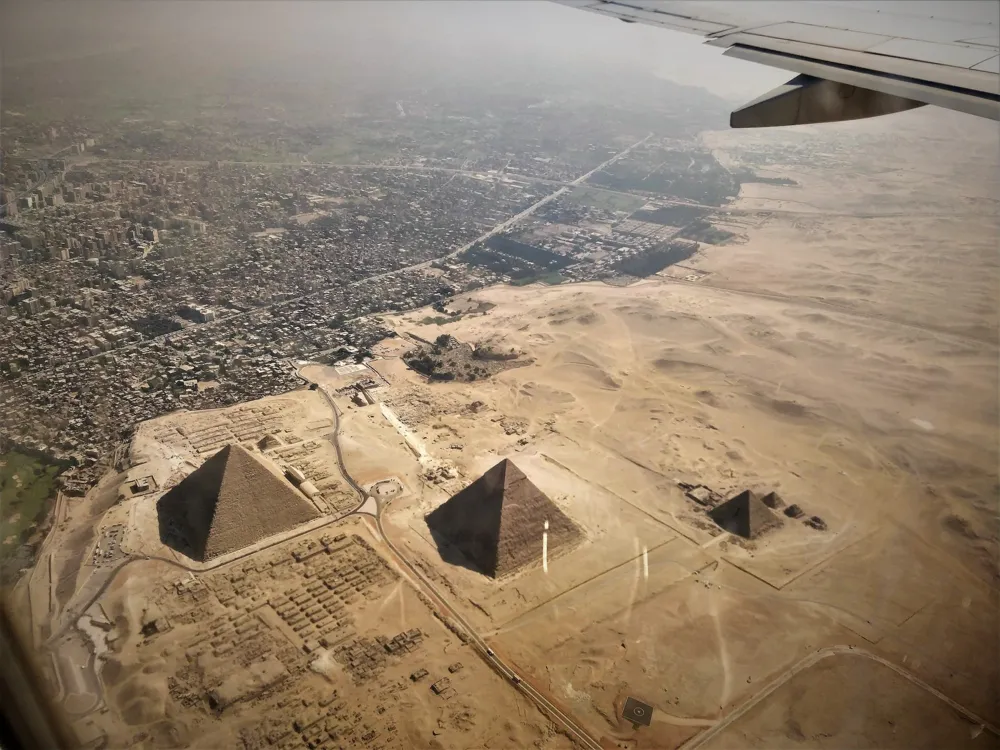
The Nilometer was used to measure the water level of the river Nile in earlier times and helped predict floods and droughts. The structure, built between the Manasterly Palace and the Um Kalthoum Museum, has a beautifully built conical dome at the top with a vertical column pillar standing in the centre, immersed in water.
Visitors can also grab a view of the coastal town of Dahab in the south of the building, feeling the cool breeze off the waters of the river Nile. People may buy tickets to the Nilometer at the entrance gate on Sharia Al Malek As Salih. One will then be accompanied by a Site Guard, who will take the visitors down the path to the Nilometer. The Site Guard is needed since the building is usually kept shut between the visits.
History of Nilometer - The Ancient Architectural Marvel of Egypt
Dating back to almost 5,000 Years ago, three Nilometer structures had been built across Egypt, with the Nilometer in central Cairo being built under the supervision of astronomer Afraganus. Situated on the southern end of the Rhoda Island in central Cairo, it consists of one of the simplest designs for measuring the level of the Nile. The Nilometer has a vertical column made of ornate stone, with markings on the column at regular intervals. Even today, one can observe these markings on the vertical column while going down the steps to the river.
Source: https://www.flickr.com/photos/m1key-me/18463931586
It is believed that depending upon the marking up to which the water level of Nile would be, the annual harvests were predicted and the tax collection limits were decided and capped. Since the Nilometer structure was of critical importance for the Egyptians, only the priests and the ruler clans were allowed to conduct a survey of the Nilometer structure. The Nilometer built on Rhoda Island beholds its own course of history. Earlier consisting of a hemispherical dome-shaped structure at the top, the French troops led by Napoleon Bonaparte destroyed the dome in 1825 AD during the French occupation of Egypt. When Egypt became free from French colonization, a conical dome structure was constructed on the Rhoda Island Nilometer. With the passage of time, Nilometer has undergone multiple restoration sessions in order to maintain the uniqueness of its ancient scientific structure.
Architectural Beauty of Nilometer
One may feel marvelled by the manner in which Egyptians deployed concepts of science in predicting the nature of river Nile upon their visit to the Nilometer in Cairo. The ancient structure consists of a long vertical pillar-shaped structure having indicative markings carved out on regular intervals. Besides this, Arabic style carvings can also be witnessed on the inner walls of Nilometer.Another Nilometer constructed on the Elephantine Island in Aswan comprises of an evenly spaced staircase leading straight down towards the river Nile. On going down the steps, one may observe the water level indicators and the corresponding markings been marked on the steps itself rather than on any vertical column. Being located in close proximity to the southern borders of Egypt, this Nilometer structure on Elephantine Island was also of utmost significance as it gave an early indication about the onset of floods in river Nile.
Source: https://www.flickr.com/photos/21169166@N05/4888440133
A third Nilometer, which happens to be situated towards the northern borders of Egypt, had markings carved out on the walls of the structure itself. The water of river Nile was brought to this Nilometer by means of a canal running along the riverbank that deposited the water into a well-shaped structure. Markings on the inner walls of the well helped in deciding the fate of the annual harvest in Egypt.These Nilometer structures, all built under the rule of different Pharaohs of Egypt, showcase how simple architectural designs can aid in predicting events such as floods, droughts, crop harvest volume, tax collections etc. with high accuracy and precision. The most interesting thing to notice here is that Egyptians built these structures, and devised the technology to predict the nature of river Nile at a time when modern technology was not even into existence.
How to reach Nilometer
One can reach the Nilometer structure in Cairo though either of the following modes of transportation-Car/ Taxi: People eager to pay a visit to the Nilometer may do so by renting a taxi or by taking the public bus transportation services, and get down at Sharia Al Malek As Salih. Since one will have to beat the city’s traffic for reaching the place, this mode of transportation can be time-consuming.Subway/ Metro: To reach the Nilometer via Subway, one needs to board the subway and get down at Mat Girgis Subway Station. The Nilometer lies around 3.6 Km west of the Subway Station and can be reached easily via taxi or public transportation.
Interesting Facts
The Nilometer in Central Cairo dates back to around 861 AD, which is around 5,000 Years ago!
Restaurants near the Nilometer
Be it either tourists or local citizens of Cairo, one can always find a spot to dine the local cuisines of Egypt, that too on the banks of river Nile. Once the ancient scientific marvels of the Nilometer has been explored, people may find a lot of restaurants and Fast Food spots to rejuvenate themselves. Some of the restaurants close to the Nilometer are- Domino’s Pizza: Situated at a mere distance of 1.5 Km towards the north of the Nilometer, one can reach the restaurant via the Al Akhsheed Street. For this, people may also reach the restaurant by walk or y taking any of the road transportation modes.Al Manial Restaurant: Situated near the Al Rawdah Bridge, the Al Manial restaurant is located 1.4 Km north of the Nilometer. Hence, to reach the restaurant, one will have to travel via El-Malek El-Saleh Street to be able to reach the earliest.Casino des Pigeons: The restaurant is situated on the other side of the Al Rawdah Bridge, i.e. towards Faculty of Agriculture Cairo University. The place is around 6 Km towards the west of the Nilometer and can be reached easily via road.
Tips to Remember
Gather any sort of relevant information in context to travelling to and from the Nilometer prior to visiting the place.
Read More
Northern Cemetery
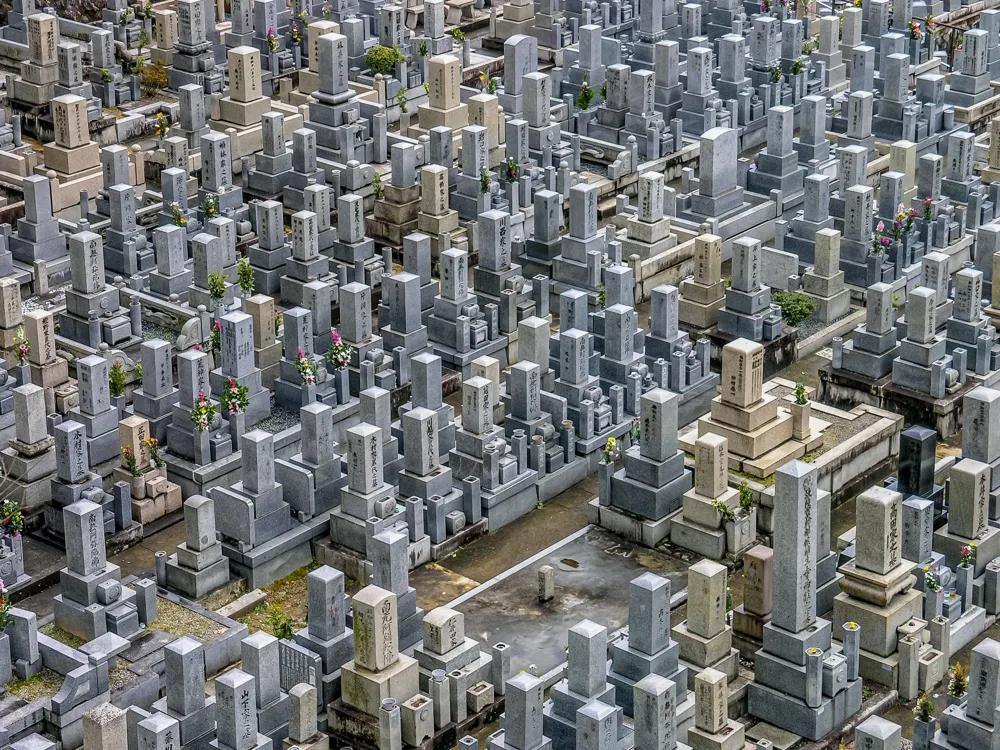
Stretching over a length of around 6.4 Km, the Northern Cemetery of Cairo contains many tombs and mausoleum structures in all of Cairo. It comprises multi-storey residential buildings and a Post Office. Since the place covers more than half of what is called Cairo Necropolis people also refer to the Northern Cemetery as the ‘City of the Dead.
One of the most fascinating facts about the Northern Cemetery is that most of the people have built their homes as part of the tomb structure of their dead near-ones. A large number of people have opened their shops next to the tomb structures. Egyptians, and more specifically Cairenes consider this as a means to stay close to their dead loved ones. The area is even home to some of the famous funerary complexes such as the Mosque of Qaitbey, the complex of Sultan Aashraf Barsbey and the Mausoleum of Ibn Barquq. During your visit to the Northern Cemetery, one is assured to feel bizarre by seeing the lifestyle of locals, as well as the architecture of the complexes. In case you are visiting the cemetery on weekends, you may even spot a lot of local people and tourists in the ‘cemetery’, hence making it appear more of a town than a cemetery.
Read More
Old Cairo (Coptic Cairo)
/old-cairo-coptic-cairo-slider-1.webp)
This little and enclosed region also called Coptic Cairo, is the most ancient part of Cairo. It is the heart of the Coptic Christian group and remains a truly fascinating spot to visit. The Coptic Museum contains an abundance of valuable information on Egypt's initial Christian period and is home to one of Egypt's finest accumulations of Coptic art collections.
This little church-filled bunch of twisty laneways exists in the walls of Old Babylon where the Roman Emperor Trajan first established a fortress along the river Nile. Parts of the Roman towers are still there presiding over the main road. Nearby, the ninth-century Hanging Church contains some wonderful collections of Coptic designs. Established in the fourth century, the church was initially built over the Roman gate towers and was significantly rebuilt in the ninth century.
Read More
Pyramid of Khafre
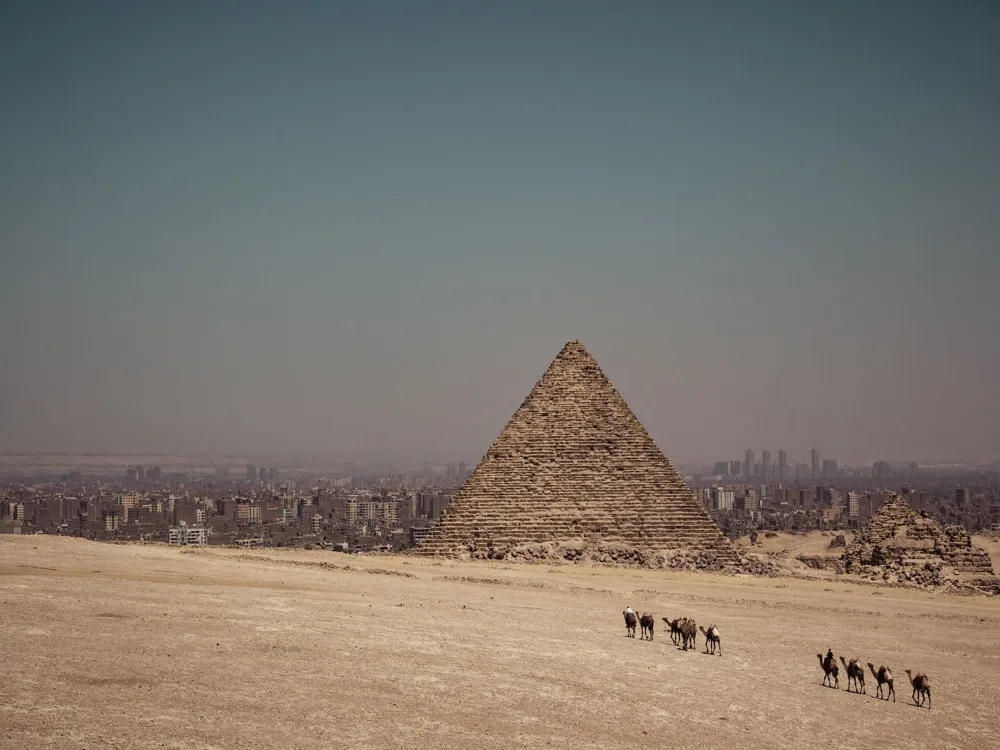
Standing with a height of around 136 meters and a base spanning over 215 meters, the Pyramid of Khafre is also popular as the Second Pyramid of Giza. Built by the 4th Dynasty Pharaoh Khafre of Egypt, the Pyramid originally had a coating of Tura limestone, making it gleam in the bright sunlight. With the passage of time, the whitish colour of the limestone got faded away, giving it the yellow-brownish colour as people can see today.
Just like the Great Pyramid of Giza, the Pyramid of Khafre is also built on a large piece of rock. Due to the increased elevation of the base rock on which the Pyramid is built, the Pyramid of Khafre seems to be taller than the Pyramid of Khufu. The inner portions of the Pyramid comprise of small and large chambers cut out of limestone, some of which have been discovered by Archaeologists and Egyptologists over the last few centuries. Out of these chambers, only one chamber has been kept by the authorities for tourists to visit.
During your visit to the Pyramid of Khafre, one should also spare time to visit the Satellite Pyramid and the Temples of Khafre built in close proximity to the Pyramid. Present day, one can only observe the remains of the outer foundation of the Satellite Pyramid. Further, the Temples of Khafre can also be visited near the Sphinx, close to the Temple of Khufu. Broadly, the Temples of Khafre include the Valley Temple, the Mortuary Temple and the Causeway.
The place is a living feast for the eyes, carefully preserved by Mother Nature over the years only to give us a glimpse of the ancient Egyptian architecture and culture. The Great Pyramid of Khufu and the Pyramid of Menkaure are sure to add up to memories in your travel diaries.
The Pyramid of Khafre - HistoryAlthough many people believe that the Pyramid is the tomb of the 4th Century Pharaoh, no solid evidence has been discovered to date in this regard. Since there are also no inscriptions on the walls of the chambers, nobody has ever been able to guess the actual reason behind the construction of the Pyramid.As per the historians and Egyptologists, the Pyramid of Khafre was firsts opened during the First Intermediate Period (2181–2055 BC). It was around the same period that the Pyramid was robbed of its belongings. In addition to this, during the Eighteenth Dynasty (1549–1292 BC), the casing stones were taken out of the Pyramid of Khafre by Ramesses II. These casing stones were then used for the construction of a temple in Heliopolis.Source: https://commons.wikimedia.org/wiki/File:Pyramid_of_Khafre_Giza_Egypt_in_2015_2.jpgRecords of Arab historian Ibn Abd al–Salam mention that the Pyramid of Khafre was first opened in 1372 AD. However, the structure was first explored from the interiors in 1818 AD by Giovanni Belzoni when the main entrance to the Pyramid was discovered in the Northern side of the Pyramid. It was at the same time that the burial chamber of the Pyramid was also discovered, though with an open sarcophagus with its broken lid lying on the floor.The huge Mortuary Temple of Khafre was excavated in 1910 AD by Holscher and von Sieglin. The temple comprised of an entrance hall, a courtyard, five statue chapels, store rooms and an offering hall. With most parts of the Mortuary Temple under ruins, all one can observe is the massive courtyard of the Mortuary Temple of Khafre, which comprises recesses for placing the King’s statues.Moving around 0.5 Km South of the Mortuary Temple of Khafre via the roughly cobbled causeway, one gets to see the Valley Temple of Khafre. Being in a much better and preserved condition than the Mortuary Temple, the Valley Temple was discovered by Mariette in 1852 AD. Initially comprising of around 24 diorite statues of the King seated on his throne, only one such statue can be seen in good condition present day. It is believed that the Valley Temple of Khafre was used to perform the embalming rites prior to the King’s funeral during the ancient days. This belief is further confirmed by the discovery of ‘Purification Tent’ remains near the Temple.Source: https://commons.wikimedia.org/wiki/File:Khephren_007.jpgThe Architecture of Pyramid of KhafreThe Pyramid of Khafre consists of two entrances to the internal structure of the Pyramid, both lying on the northern side of the Pyramid. Out of these two entrances, one entrance can be found at the ground level, while the other entrance lies at an elevation of around 11 meters above the ground.Mostly, the visitors are taken inside the Pyramid through the higher entrance, which leads to a narrow passage straight down to the burial chamber of the Pyramid. The burial chamber comprises of large limestone blocks with Khafre’s sarcophagus made out of black granite. Both the passageway and the burial chamber have been carved out of the Pyramid’s bedrock, and are made up of limestone.The Mortuary Temple of Khafre consists of large limestone blocks lined on the inside with red granite and cased in fine quality stone casings. The temple even consists of five boat pits situated in the north and south directions of the temple. Presently, all one can observe is the plundered remains of the boat pits.Similar to the Mortuary Temple, the Valley Temple of Khafre was also made out of limestone monolith rocks. These rectangular blocks also include linings of Aswan granite, forming pillars of the temple. Both the Temples and the Pyramid of Khafre are closed for a certain time period each year for restoration works. This helps the authorities in preserving the culture and history of Egyptian civilization, and the tourists to experience the preserved ancient Egyptian culture.Sightseeing at Pyramid of KhafrePeople paying a visit to the Pyramid of Khafre may also spare time and visit the other two Pyramids of Giza, namely the Great Pyramid of Khufu and the Pyramid of Menkaure.Activities to Perform at the Pyramid of KhafreOne may book themselves a camel ride across the premises of the three Pyramids of Giza. The camel ride is bound to take you back in ancient times, and allow you to observe the beauty of Pyramids of Giza from a different perspective.If you feel uncomfortable riding the ship of the desert, you may hop on to one of the horses and take a stroll across the Pyramids.Shopping at Pyramid of KhafrePeople visiting the Pyramid of Khafre can buy different types of souvenirs from the local vendors present outside the Pyramids. Some of the common souvenirs include a �replica of the three Pyramids of Giza, the Sphinx etc. How to Reach within CityThe only way to reach the Pyramid of Khafre is via road transportation. Since the Pyramids are situated on the outskirts of Giza city, it is advised to reach there either through the personal vehicle or through a taxi/ cab. Best Time to VisitIf you don’t want to spoil your trip to the Pyramid of Khafre, the best time to visit the place is during winters. This way, you won’t feel the scorching heat of the Sahara’s sun and will be able to enjoy the trip to the fullest. Also, one should visit the pyramids during the early morning hours of the day. This way, one can avoid a large number of visitors easily, and click as many photographs for their scrapbooks with the Pyramids!Tips to RememberCarry plenty of water due to high temperatures during daytime;Wear Sports Shoes;Wear light and comfortable clothing;In case you are a Student, carry your Student ID to avail discount on Entrance Fee.Interesting FactsThe construction of the Pyramid of Khafre was completed in 2570 BC.
Read More
Pyramid of Khufu
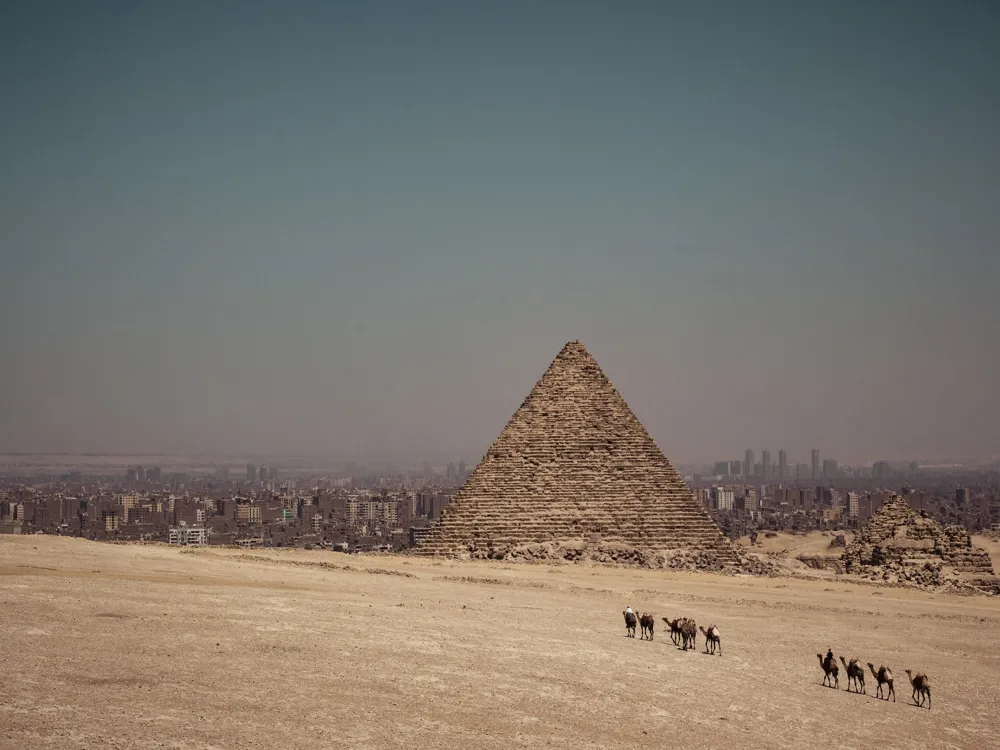
Popular as the largest of the three Pyramids of Giza, and the oldest of the Seven Wonders of the Ancient World, the Great Pyramid of Giza has succeeded today in preserving the eternity of ancient Egyptian civilization. Originally having a height of 146.5 meters, the height of the Great Pyramid of Giza has reduced by around 9 meters since its completion in 2570 B.C. Due to a mark in the interior chamber of the Pyramid naming the work gang and a reference of the Egyptian Pharaoh Khufu, the structure is also known as Pyramid of Khufu.
The Pyramid of Khufu was covered with white coloured casing limestones. These casing stones were slant faced and flat-topped. With time, most of the casing stones have got removed from their place. The large magnitude earthquake recorded in 1303 A.D. was one of the reasons behind this. Muhamad Ali Pasha further removed a lot of casing stones from the Pyramid of Giza in the early 19th Century A.D. During your visit to the Great Pyramid of Giza, some of these casing stones can even be found lying near the Pyramid structure.
On your visit to the Great Pyramid of Giza, one must also visit the other two pyramids of Giza, namely the Pyramid of Khafre and the Pyramid of Menkaure, along with the Sphinx and the Eastern Cemetery. The entrance to the Pyramid of Khufu is at a height of 17 meters from the ground level, and from there you can get a view of your lifetime. With modern built buildings of the town of El Giza on one side and the ancient Pyramids with the Sahara Desert on the other side, the view before your eyes will transition your thoughts from 21st Century A.D. to the year 2570 B.C. The best part of it is that you can return to the 21st Century whenever you want to.
History of Pyramid of KhufuBuilt over a period of 20 Years, many historians consider Khufu’s vizier, Hemiunu (or Hemon) to be the chief architect of the Great Pyramid of Giza. The first measurements of the Pyramid of Khufu were taken by Flinders Petrie in between 1880–1882, which were further published in The Pyramids and Temples of Gizeh. Since then, nearly all the reports which have been published in context to the Pyramid of Khufu have considered the measurements taken by him.Source: https://en.wikipedia.org/wiki/File:Kheops-Pyramid.jpgFurther, after the earthquake of 1303 A.D., the loosened casing stones of the Pyramid of Khufu were carried away by Bahri Sultan An–Nasir Nasir–ad-Din al –Hasan in 1356 A.D. to build mosques and fortresses in Cairo. Explorers and archaeologists who visited the Pyramids recorded the huge piles of rubble as leftovers from the collapse of the casing stones, which were later removed during excavation sessions at the place.Source: https://en.wikipedia.org/wiki/File:KhufuPyramidCasingStone-BritishMuseum-August19-08.jpgIn addition to this, one can clearly observe complex of small buildings, even Pyramids surrounding the Great Pyramid. Out of these, most of the structures have gradually disappeared over time, and only a black basalt paving remains as on today. There have been claims in regard to these small Pyramid temples that they are linked with the Valley Temples built near the Sphinx.Since the discovery of entrance to the Great Pyramid of Giza, there have been several speculations regarding the construction methodology of the structure. While many disagree with the fact that the huge stones were pushed, pulled or lifted by mortal hands, some suggest that the workforce building the Pyramid were organized in a hierarchy, and consisted of two groups of 100,000 men. Whatever be the reason, the Pyramid of Giza is not merely a monument. It is a symbol of intelligence and high–level craftsmanship possessed by ancient Egyptians.Source: https://en.wikipedia.org/wiki/File:Pyramid_of_Khufu_-_Entrance.jpgArchitecture of Great Pyramid of GizaThe original entrance to the Great Pyramid of Giza lies on its northern side, around 7 meters east of the centre line of the Pyramid. From this entrance gate, one will be led down a passage through the masonry of the Pyramid and into the bedrock beneath. After a certain distance, the passage levels up and continues for a distance of around 9 meters to the Lower Chamber.It can be clearly observed that the Lower Chamber was left under construction by the then workers. The actual purpose behind building this chamber remains unsolved to this day. The reason behind the so-called ‘air shafts’ built as part of the upper chambers cannot be understood as well.The same passage leads to the Grand Gallery, which appears to be a cobbled passage with a height of about 9 meters. While passing through the Grand Gallery, one may observe the precision with which the stones have been positioned together in the walls, and the highly polished surface of the stones gleaming in the yellow lamps. Moving further along the Grand Gallery leads to the King’s Chamber. The King’s chamber is made out purely of red granite brought probably from the southern quarries of Aswan.Source: https://en.wikipedia.org/wiki/File:Cheops_grote_galerij.jpgThe architectural marvel of the Great Pyramid is such that the King’s Chamber is present exactly at the central axis of the Pyramid. The King’s Chamber was further sealed with massive granite blocks and the entrance shaft was filled with limestone to avoid opening of the Chamber.Just outside the Great Pyramid lies the large Boat pits of Khufu. Out of seven Boat pits, five boat pits are located to the east of the Pyramid, while the other two pits lie on the south of the Pyramid. These boat pits are merely a model of the boat made up of bricks. The main intention behind these boat pits was to transport the King to stellar destinations in his afterlife. They were also used as part of the funerary processions of the King.The Boat pits, the smaller Pyramid temples and the Great Pyramid of Giza collectively form the Great Pyramid complex. Even today, nobody has been able to predict the technology and the methods used for building the Great Pyramid, the structure which remained the tallest man-made structure on Earth from 2570 B.C. to 1311 A.D.Sightseeing at Great Pyramid of GizaPeople paying a visit to the Pyramid of Khufu may also spare time and visit the other two Pyramids of Giza, namely the Pyramid of Khafre and the Pyramid of Menkaure.Activities to do at Pyramid of KhufuOne may book themselves a camel ride across the premises of the three Pyramids of Giza. The camel ride will let you observe the beauty of Pyramids of Giza in a completely different manner.Shopping near Pyramid of KhufuPeople visiting the Pyramid of Khufu can buy different types of souvenirs from the local vendors present outside the Pyramids.How to reach Great Pyramid of GizaThe only way to reach the Pyramid of Khufu is via road transportation. Since the Pyramids are situated on the outskirts of Giza city, it is advised to reach there either through your personal vehicle or through a taxi/ cab.Tips to RememberCarry plenty of water due to high temperatures during daytime;Wear Sports Shoes;Wear light and comfortable clothing;In case you are a Student, carry your Student ID to avail discount on Entrance Fee.Facts about Pyramid of KhufuThe accuracy in length of the four sides of the Great Pyramid of Giza is only 58 millimetres.
Read More
Cairo Travel Packages
View All Travel Packages Cairo
Nearby Places Cairo
Browse Package Collections
Browse Hotel Collections







/old-cairo-coptic-cairo-slider-1.webp)



